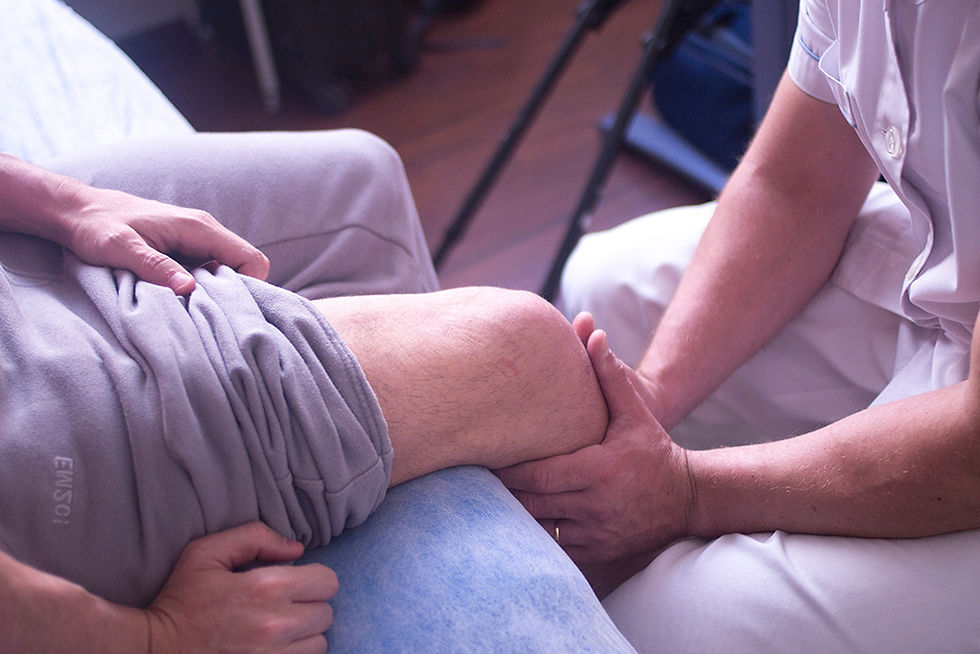Functional Dry Needling
- Vail-Summit Physical Therapy
- May 7, 2022
- 2 min read

Dry Needling in Physical Therapy
Vail-Summit Physical Therapy utilizes and specializes in dry needling to treat patients struggling with pain and impaired movements. As known as trigger point dry needling, dry needling can stimulate damaged or strained tissue without injecting medication.
What is Dry Needling Therapy?
Dry needling is not acupuncture. While acupuncture focuses on stimulating nerves, dry needling starts with the physical therapist identifying trigger points in the body. These include sections of muscle that are contracted or tight, which can cause the following symptoms:
Pain or tenderness
Restricted range of motion
Limited muscle function
Decreased blow flow
Using a sterile, thin needle, our team at Vail-Summit Physical Therapy can target those trigger points, relaxing the muscle and reducing pain. In our Summit and Eagle County clinics, dry needling therapy is often used to treat the following:
Muscle pain
Tendonitis
Plantar Fasciitis
Sprains, strains, and impingement
Joint issues
Disk problems
Migraines
Jaw and mouth disorders
Pinched nerves, such as Carpal Tunnel Syndrome
Spinal problems
Pain in the pelvis
Cramps
Whiplash
The placement and length of the dry needle are based on an orthopaedic evaluation, including the patient's:
Pain patterns
Medical history
Posture
Movement impairments
These evaluations and the dry needling therapy is always performed by one of our professional physical therapist who is certified in dry needling.
What to Know About Dry Needling: Pros and Cons
Dry needling is a therapeutic procedure based on science and has proven outcomes. It is a short, 15-minute procedure that, when used alongside other rehab strategies, has several benefits for the patient. The pros of dry needling are to:
Improving muscle mobility
Reduce pain
Restore function
Improve mobility
Reduce inflammation
Improve recovery time from injuries, such as stress fractures and impingement
Stimulate tissue repair
There are very few side effects from dry needling. Some patients experience bruising at the needle site, soreness, and fatigue.
However, dry needling is not for everyone, nor is it covered by all insurances. Patients who should avoid dry needling therapy include:
Pregnant individuals
Patients with bleeding disorders
Patients taking blood thinners
Individuals with a fear of needles
Patients who’ve had a recent surgery
Anyone interested in therapeutic dry needling should consult with a healthcare professional first. Our team at Vail-Summit Physical Therapy will only recommend procedures that are right for the patient.
Therapeutic Dry Needling Near Me
If you’re looking for dry needling near you, look no further than Vail-Summit Physical Therapy. Located in Summit County, Colorado, our team of physical therapists treats patients in four convenient clinic locations in Edwards, Frisco, Silverthorne, and Breckenridge.
Contact our offices today to find out if therapeutic dry needling is right for y




Comments